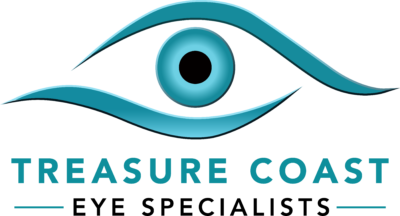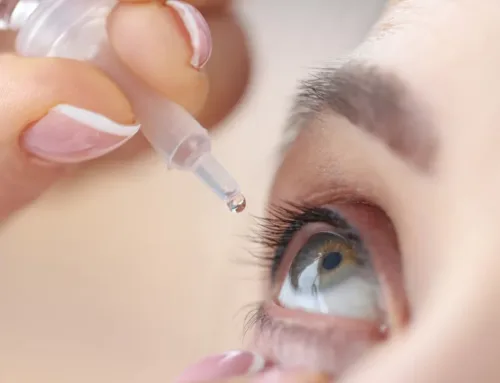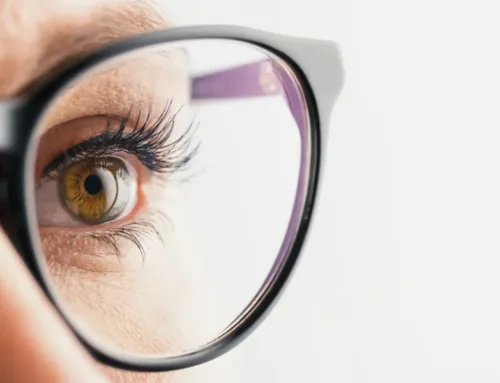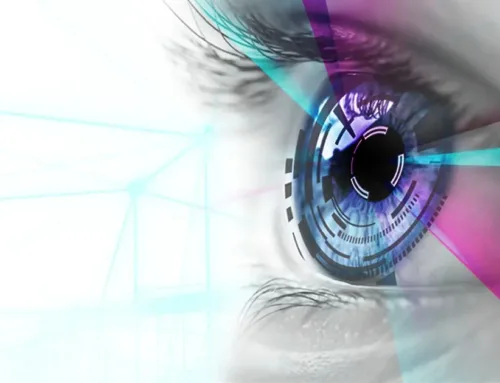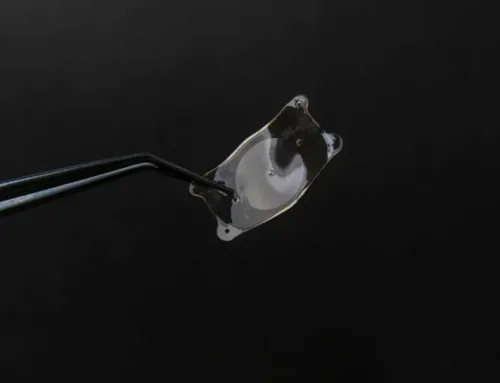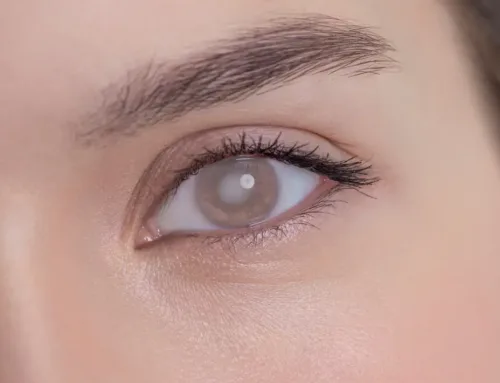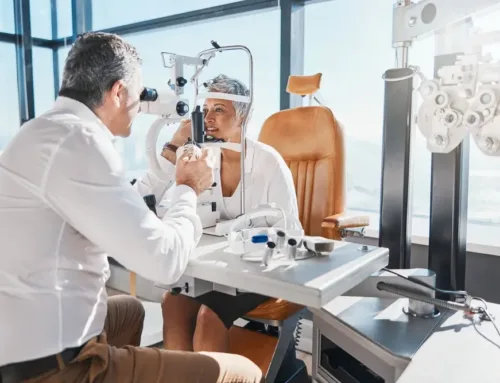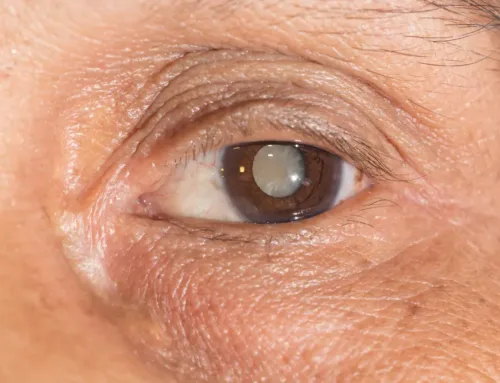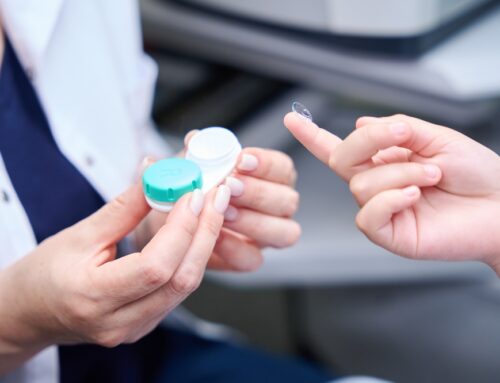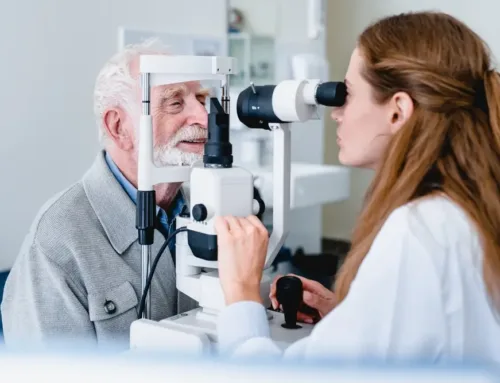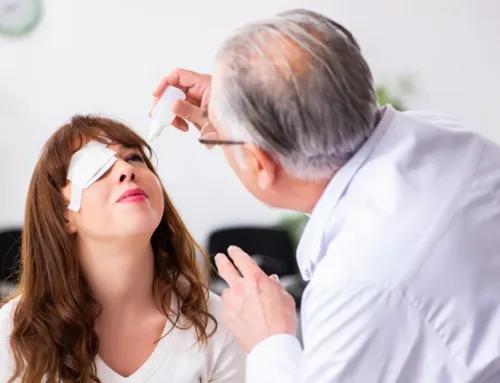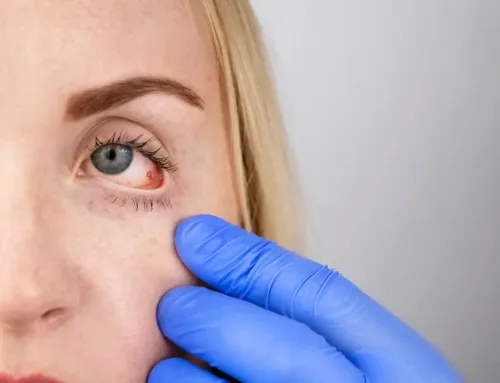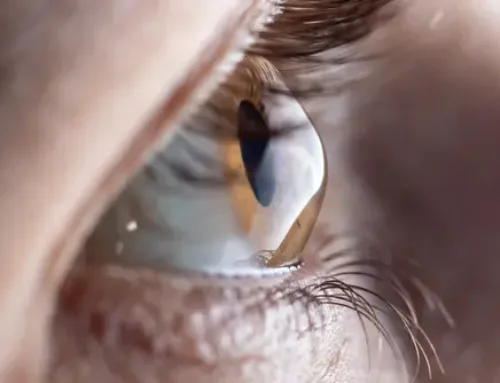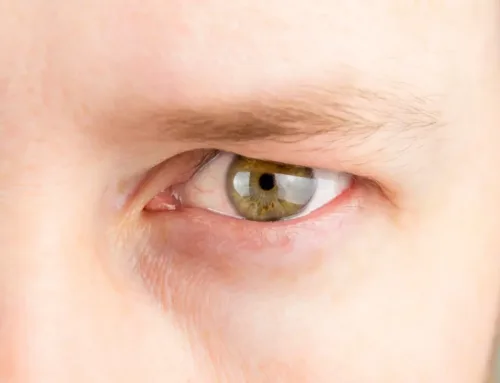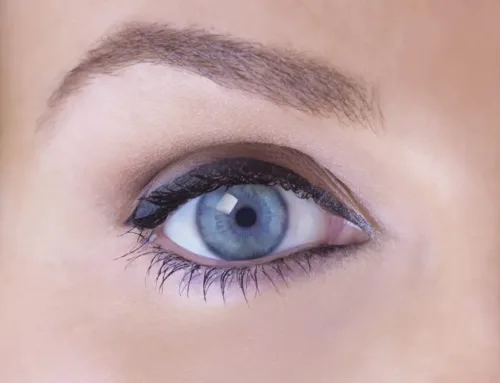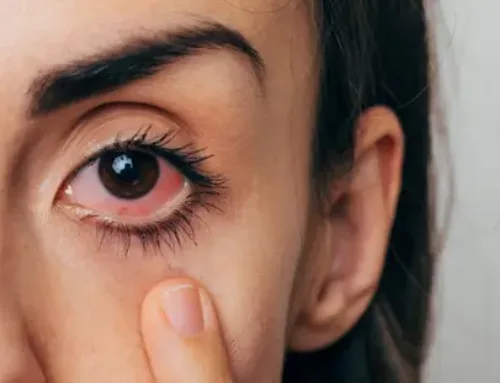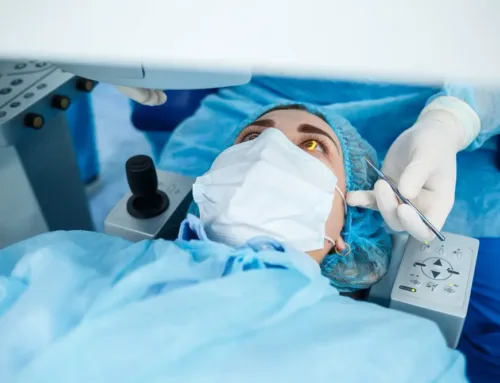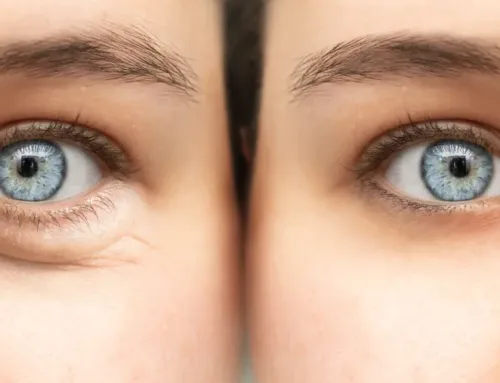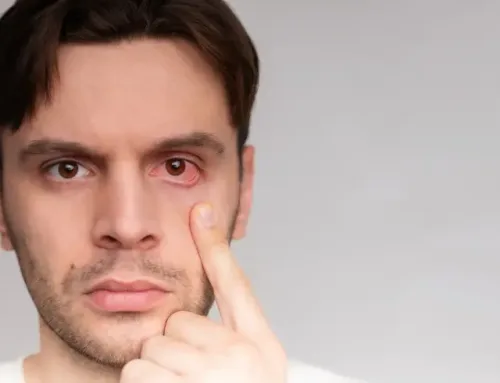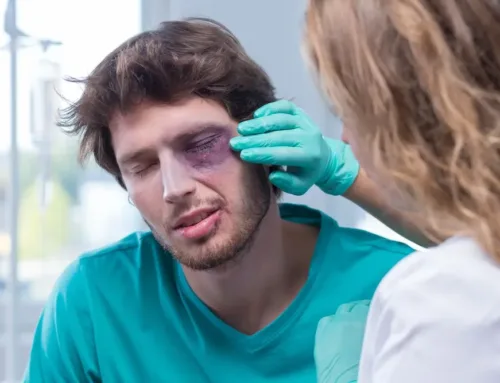It is common for older adults to experience vision loss. Many think it is just a normal part of aging, but it does not have to be. There are many steps to reduce the risk of losing your vision. And it starts by knowing more about age-related macular degeneration (ADM).
What Is Age-Related Macular Degeneration?
Age-related macular degeneration is an eye problem that causes central vision loss. People with this condition cannot see fine details, no matter if they are near or far. It can make doing certain activities, like reading, cooking, driving, and any other close-up work, harder.
AMD happens when aging causes damage to a part of the retina called the macula. The macula processes what you see directly in front of you. So, when you develop AMD, only your central vision is compromised. The side or peripheral vision remains unaffected.
Types Of Age-Related Macular Degeneration
There are two primary types of AMD:
- Dry AMD: Around 80% of people with AMD have this type. With this condition, the macula gets thinner as the person ages. Th
 e condition’s progress is gradual. It happens in three stages: early, intermediate, and late. The progress is slow and gradual.
e condition’s progress is gradual. It happens in three stages: early, intermediate, and late. The progress is slow and gradual. - Wet AMD is less common than the dry form but more damaging. It happens when abnormal blood vessels start growing and leaking fluid and blood beneath the retina. With this type, a person can have severe or permanent loss of central vision.
Age-Related Macular Degeneration Symptoms
AMD symptoms vary depending on the form and stage. Dry AMD, at its early stage, usually causes no symptoms. Only until it reaches an intermediate stage may you experience symptoms like trouble seeing in low lighting or mild blurriness of what is in front of you.
If you have the wet form, straight lines may look wavy, and colors may seem dull. There may also be a blurry area or blind spot that gets bigger over time near the center of your vision.
Who Is At Risk For Age-Related Macular Degeneration?
AMD affects people over 50 who are fond of eating a diet rich in saturated fat, smoke, and have high blood pressure. There is also a higher risk of acquiring this condition if you are Caucasian or come from a family with a history of AMD.
Age-Related Macular Degeneration Treatment
AMD treatment depends on the form and stage. The early stage of dry AMD has no treatment yet. The eye doctor may recommend regular eye examinations to monitor your condition. At the intermediate level, you may be given special dietary supplements. There is no treatment for late-dry AMD.
If you have wet AMD, anti-VEGF injections and laser treatment may help prevent further vision loss.
Can You Lower The Risk Of AMD?
The Centers for Disease Control and Prevention predict that the number of older Americans will nearly double in 2050. If you have not reached the age at which you are at risk of developing AMD, it is best to take precautionary measures. Make sure you exercise, avoid smoking, eat healthy foods, take vitamins and minerals, and see your eye doctor regularly.
Age-related macular degeneration does not have to take away the joy of the senior years. Learn about the condition and seek medical help, and this disease will be less likely to affect your life.
If you want to know more about macular degeneration, visit Treasure Coast Eye Specialists in Port St. Lucie or Stuart, Florida. To book an appointment, call 772-400-2400 or 772-286-0007.

